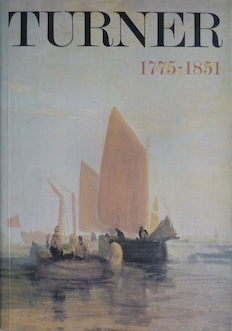|
29 X 2024 |
1. Beginnings 1789-97
007 - The Oxford Street Pantheon after the Fire of 14 January 1792 | |

| ||
|
A smaller drawing of 'The Pantheon, the morning after the Fire' was exhibited at the Royal Academy 1792 (472) and bought by P. C. Hardwick, an architect who employed Turner. Two sketches of the ruins are in the Turner Bequest (Nos.5-6) and a third is in the collection of C. W. M. Turner, Esq. A pencil study of the whole façade of the burnt-out Pantheon, squared presumably for transfer to this sheet, is T.B.CXCV-156. Gage (1969, p.23) suggests that the watercolour sketch of the interior, No.5, offers the earliest evidence of Turner's 'painterly' approach to colour; though at this date he had not begun to work in oils and was modelling himself on the leading topographical water-colourists of the time. The ambitious composition of No.7, and especially its many large-scale figures, suggests that Turner was consciously imitating the large London views of Edward Dayes, e.g. the 'Buckingham House, St. James Park' of 1790 (No.B14). An image generated by an AI Machine Learning Model Property of the artist. | ||
